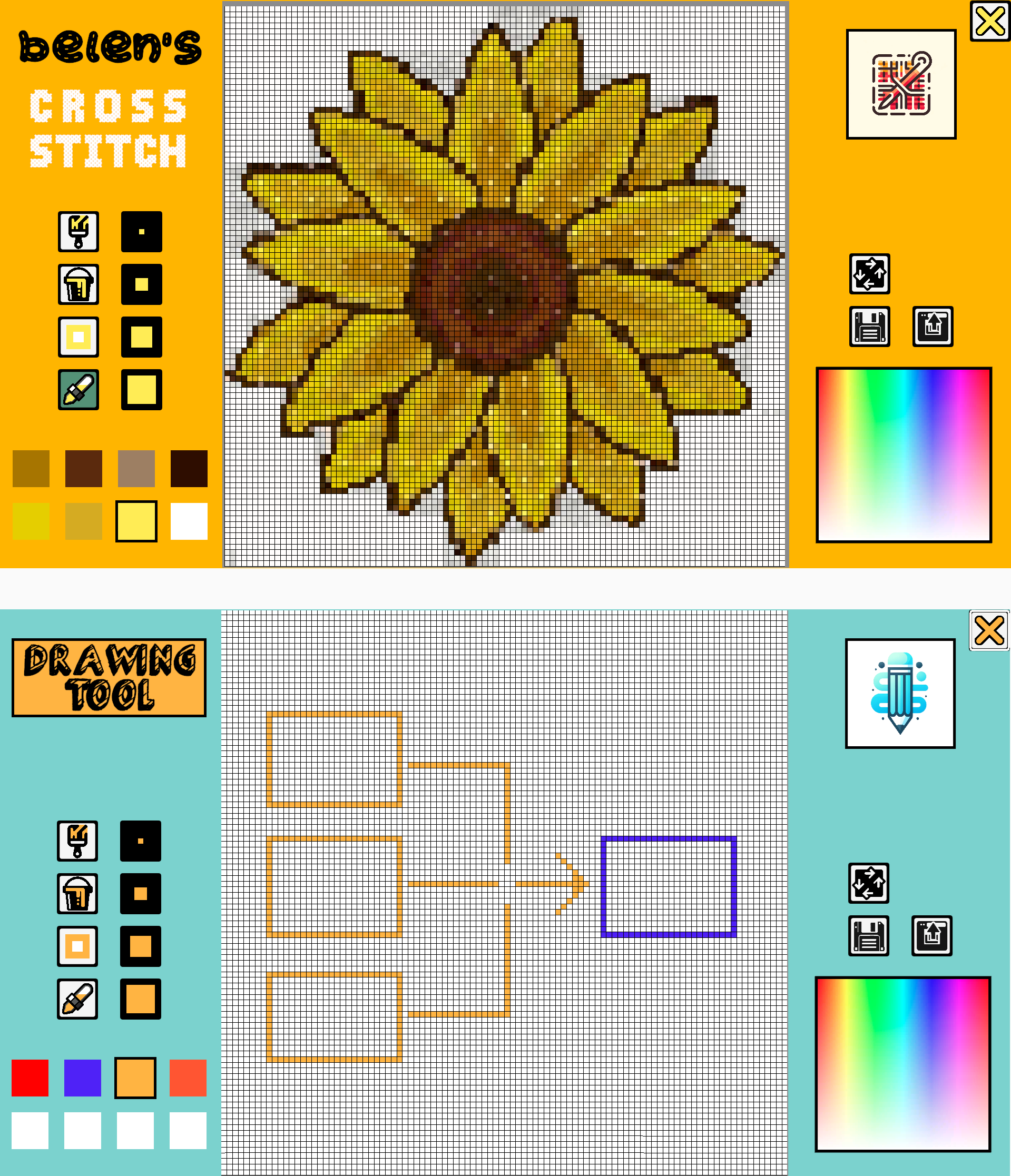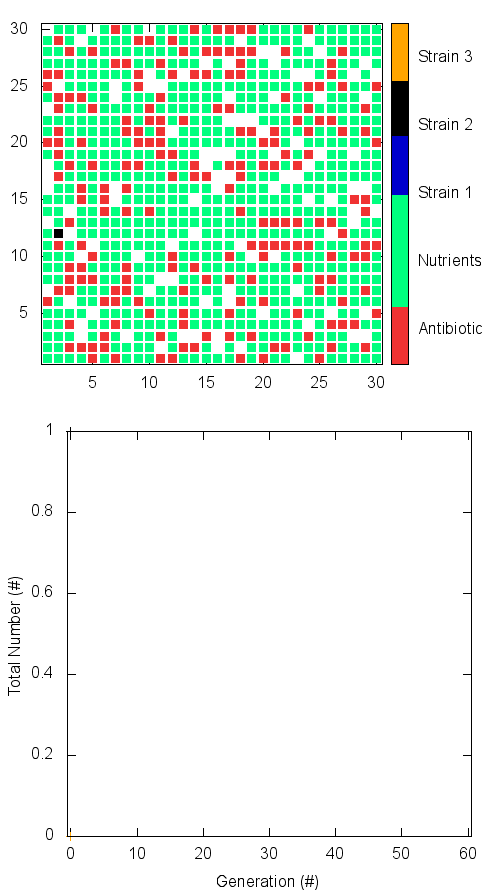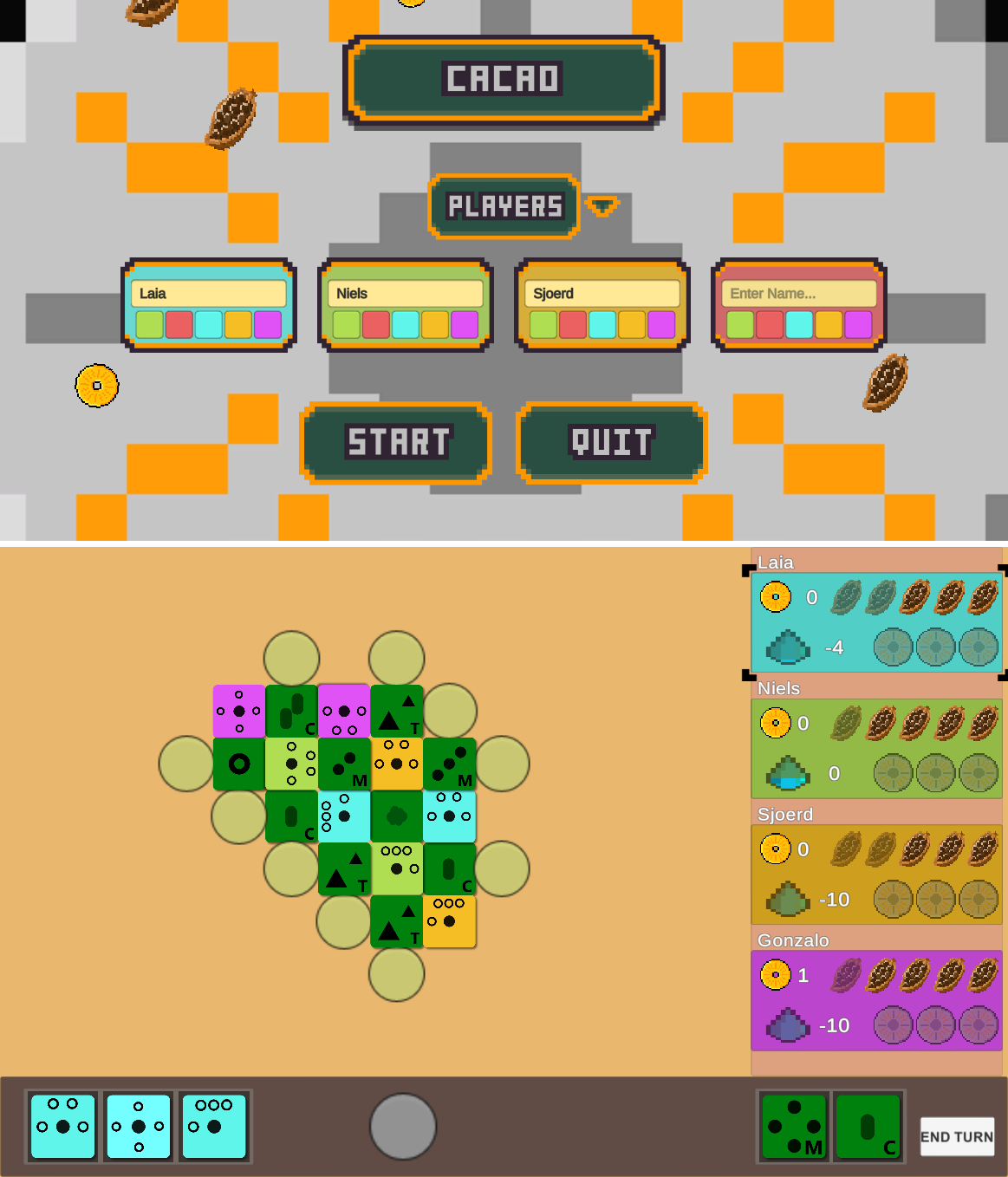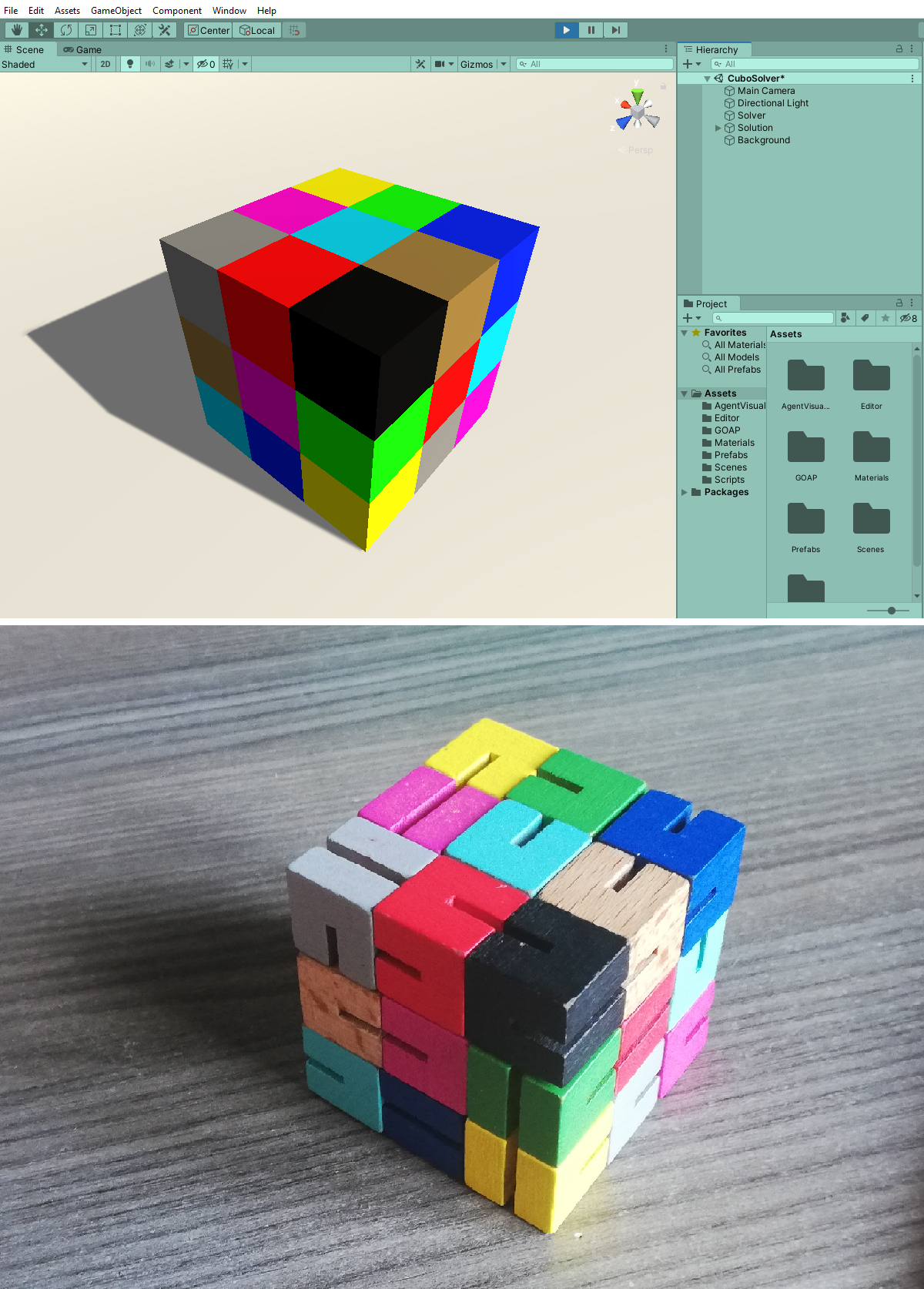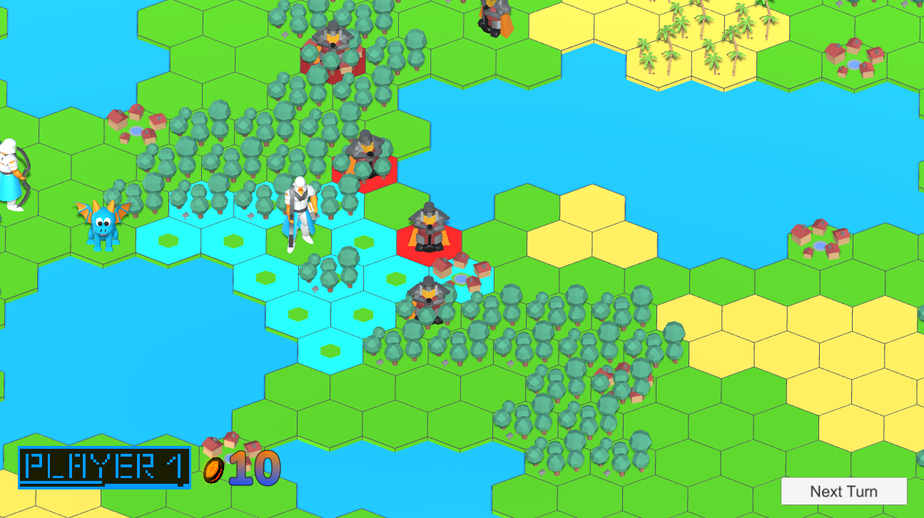The Volatile Mod for Slay the Spire was an opportunity to combine my passion for game design with practical programming skills. It features a new playable character, custom mechanics, visual and sound FX, and innovative card interactions designed to expand the game's strategic depth.
This project got me started with Java (never too late, I guess!) and "old"-school tools such as Dragonbones for animation and Krita for art design. I focused on object-oriented design, game-specific architecture, and algorithm optimization for dynamic card effects. Working with the Slay the Spire modding API honed my ability to quickly adapt to complex frameworks while balancing the creation of something both engaging and functional. The project was very demanding in terms of art design too, requiring custom visual and sound effects as well as over 80 unique illustrations. All in all, this two-month-long experience deepened my understanding of contributing to complex projects and rewarded me with my very own character in a well-loved game.
